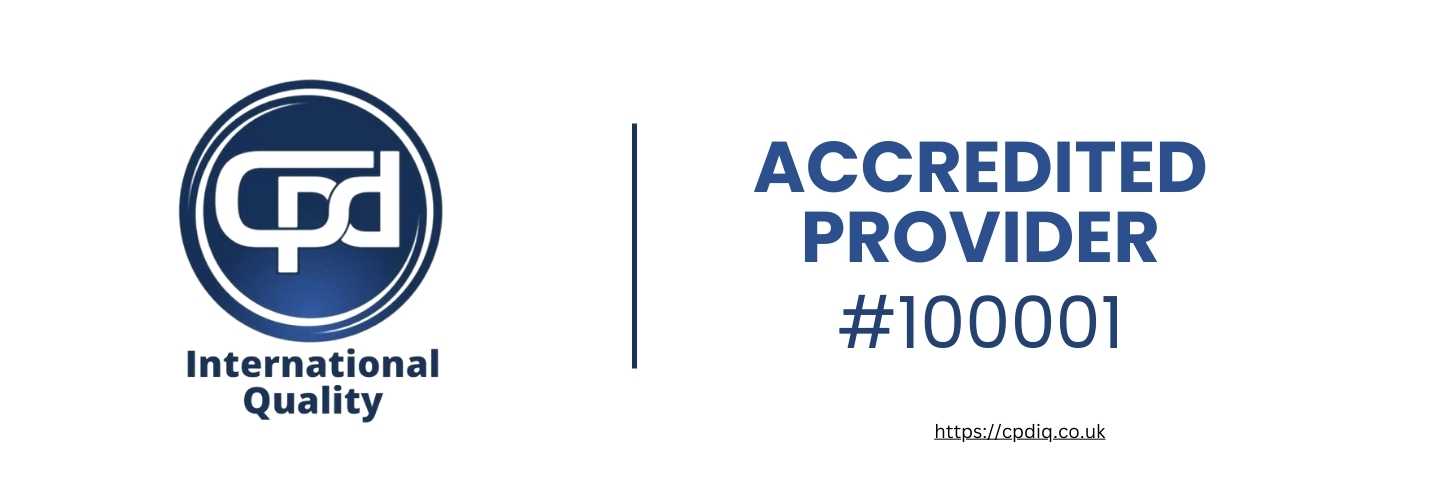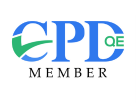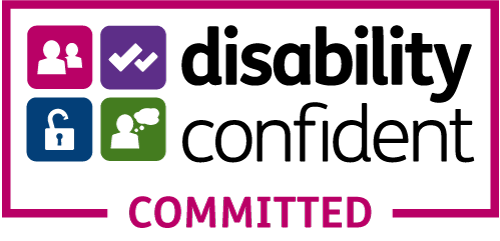
Walking into a gym for the first time can be exciting but can get overwhelming at the same time. However, having a workout fitness planner and structure aids consistency, helps avoid serious injuries, and helps reach the set goals effectively. Not having a proper structured plan can create a lot of noise, making one's overall experience at the gym less effective and frustrating.
This blog will demonstrate how one can work towards building a workout fitness planner that is ideal for one in the gym for the first time by breaking the process down into different parts.
Understanding Fitness Goals
The Importance of Setting Fitness Goals. Defining and establishing fitness goals should be a beginner's first step. Once targets are set, it becomes easy to push through tough days without losing focus or motivation. Objective targets help out with a sense of direction and purpose. This is key whether you're trying to lose weight, gain it, or improve your overall health. For example, if your goal is weight loss, your plan will focus more on calorie-burning activities and nutrition. Conversely, strength training and progressive overload will take center stage if muscle gain is your priority. By precisely defining your target, you can be sure that every single session meets your requirements in reaching that target.
Setting SMART Goals When it Comes to Fitness
The SMART framework enables the broadest dream to be achieved through setting specific goals:
- Specific: This includes stating your aims explicitly, for instance, "burn down 10 pounds," "run for a 5k marathon," and so forth—be as precise as possible.
- Measurable: It could be the development of converts, such as recording weight loss and body fat percentage or accomplishing designated milestones.
- Achievable: The goals that you are setting should be based on your current range of exercise and the number of hours at your disposal.
- Relevant: Goals should also be such that they will allow one to achieve great things in terms of health or at least maintain one's current standard of living. This, after all, is only a part of the dream.
- Time-bound: To ensure that you stay focused and are driven by your goals, set a deadline for yourself, like pursuing your goal, for example, losing X pounds in three months.
So when someone is asked about their desire to "be fit," they should instead opt for a SMART approach. "I want to lose 5 pounds in two months and work out thrice a week to maintain a calorie deficit."
Tracking Your Progress
Without question, it is necessary to regularly monitor how much progress one is making. This keeps one motivated while indicating what is effective and what must be replaced. With today's technology, fitness apps like MyFitnessPal and Strava can assist individuals in tracking their calories, workouts, and performance. For individuals who prefer the old way, a workout journal that records the weighted efforts, number of repetitions done, and muscle targets worked can be equally effective. Furthermore, when it comes to proof, it doesn't have to get more tangible than this:
- Frequently weighing oneself
- Assessing fat-to-muscle ratios
- Measuring the maximum weight lifted during a bench press every week
Comprehension of Workout Plan
Structure of fitness plan
Any workout fitness planner or plan requires several crucial elements to achieve general fitness and avoid any imbalances from occurring in the body:
- Cardiovascular: Activities such as running, biking, or swimming enhance heart health and aid in losing weight.
- Strength: This includes weight lifting, body weight, or other resistance training, which develops muscles, increases metabolism, and fortifies bones.
- Flexibility: By adding yoga or dynamic stretches, the range of motion improves, improving the risk of injury.
- Rest: Recovery days are imperative while allowing muscles to recuperate from workouts and ensuring too much strain on the body does not occur.
By achieving the perfect blend of these elements, movements targeting different fitness aspects can be incorporated into the stated routine.
Duration and how often one works out:
For most people, especially newbies, it is best to start small. One can aim for 3-4 sessions weekly so the body doesn't go through too much tension. The total duration of each session goes up to an hour and focuses on a mix of cardio and strength. Let's illustrate:
- Day 1: 30–45 minutes of total body strength training + 10 minutes of cardio warm-up.
- Day 2: non-active or active recovery, such as gentle stretching or moving.
- Day 3: Moderate-intensity aerobic exercise that lasts between 30 and 40 minutes.
- Day 4: Concerning physical strength training, the focus should be on the large muscle groups, such as the legs and back.
It is important to adjust the intensity and volume according to your capacity while slowly adding to it, gradually increasing strength and stamina.
Warm-Ups and Cooldowns
Warm-ups and cooldowns are essential for injury-free and efficient exercising and, hence, should not be ignored. Before a workout, warming up improves blood circulation in the muscles. It enhances the flexibility of the muscles and the rest of the body. This could be in the form of dynamic stretching or cardio exercises like jogging and jumping jacks for 5-10 minutes to avoid any injuries.
In the case of after exercising, a cooldown routine minimizes soreness in muscles and also assists in the healing process. Various activities, such as walking or even stretching before sleeping, help one's body ease back into a resting state by lowering heartbeats gradually. If these processes are disregarded, there is a risk of stiffness, fatigue, or even injury, affecting your next routine training.
Customizing Your Workout Nutrition and Workout Fitness Planner
Staying focused and achieving results requires the gym workout plan to be designed around the goals set. For example, a person interested in gaining strength will construct a bone mass workout plan that centers on weight lifting, including squats, bench presses, and deadlifts. Alternatively, a weight-reduction plan may contain treadmill and cycle cardio workouts and include strength workouts that elevate metabolism levels.
Planning your week helps you to train while at the same time recovering enough from the previous sessions. In this case, one can set aside days for upper-body strength training, lower-body strength training, and cardio workouts, with rest days and active recovery in between. For example, you may consider fully training your upper body on day 1, running on day 2, and focusing on your lower body on day 3, etc. This way, the body does not get overused and is not weak and tired at the same time.
Switching things up in your routine is crucial in staying focused and avoiding stagnation. For instance, one can incorporate high-intensity interval training (HIIT), yoga, and even traditional weight lifting to maintain variety in their workout sessions. Such practices make certain that one's workouts are never boring. Additionally, one can reap plenty of benefits by regularly changing the order of the exercises, type, and intensity. This will also ensure that one avoids getting stuck in a rut and always makes steady progress. Therefore, a sense of satisfaction in training exists whenever one gets to follow a properly structured workout fitness planner program.
Nutrition and Hydration Basics
Nutrition is one of the most important aspects of a good workout fitness planner or plan, as it provides the energy and nutrients needed for the body to carry out demanding activities. A properly balanced diet contains all relevant macronutrients in the right proportions, such as protein to help repair muscles, carbohydrates for energy, and good fats to contribute towards overall health. One can include various meals in their routine to follow a proper nutrition regime: chicken, tofu, sweet potatoes, or even brown rice. They make for a perfect post-workout meal and offer plenty of energy.
Hydration levels are also extremely important, particularly during exercise. This should not be a surprise, as dehydration leads to fatigue, less optimal performance, and possibly even cramps. You ought to ensure that you drink water regularly throughout the day. As a rule of thumb, before a workout, you should drink adequate fluid; during the workout, you should also ensure that some sips of water are taken to replace fluids lost in sweat. After the workout, taking water or some electrolyte drink is helpful as it restores body equilibrium and fastens recovery.
Post-workout and pre-workout meals are also important. Most importantly, a light meal consisting of carbohydrates and proteins, such as oatmeal with a scoop of protein powder, can effectively energize the body in preparation for a workout. When the exercise is over, the focus should shift to restoring the depleted glycogen reserve while aiding muscle exercise through the intake of protein and carbohydrates, such as grilled chicken with quinoa and veggies. The above supplements, when combined with the nutrition and hydra guidance given above, ensure that you have the required resources to exercise and recover optimally.
Staying Motivated and Consistent
Achieving any long-term workout fitness planner's goal requires consistency, one of the biggest challenges beginners face. Others include discouragements such as time management, gym fear, or being motivated. To address these barriers, first set specific days and times for workouts and view them as peak appointments that cannot be missed. Even better, short and engaging sessions do help. Gym anxiety means starting with basic exercises, learning the ropes inside the gym, or going to the gym when it's not that busy.
Bent goals help one's workout fitness planner's journey appear less daunting and feel much more rewarding. Goals that seem unachievable, such as shedding off 20 pounds, can be simplified further: a person can set goals for losing weight in smaller portions, for example, losing at least 2 pounds in one week or, after every two weeks, running an extra mile. Do indulge in small reward systems, such as buying yourself amazing fitness gear or other fun activities when you reach these thresholds to keep the excitement at proper levels.
Sharing fitness goals is always a strong motivator for someone looking to transform their lives. Finding a friend who shares the same fitness journey as you helps you feel obliged to put in work. All of these, however, are a few alternatives. Joining gym classes and communities online will also work. The key is not to be consistent because one is looking for perfection. Focus on getting out there constantly and making little adjustments occasionally. This shows progress, and when one sees progress, that person will be compelled to stick with the grind, leading to success.
Conclusion
The most important tool for fitness beginners is a workout fitness planner; planning greatly improves your chances of reaching your objectives. Working towards a defined set of goals, integrating multiple different plans into your regime, and, most importantly, staying committed will help you improve your health in the long run.
One concrete thing to remember is that success is a far better goal than perfection. No matter how small the amount of hard work is, it is achievable, rather than looking for that perfect goal and sweating buckets to achieve it.
To ensure you start your gym journey with confidence on your terms, start creating your goal workout fitness planner today and look for resources that are easy to follow that will have you feeling accomplished in no time!










